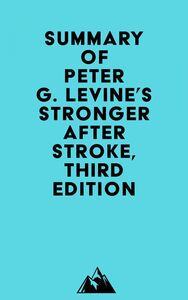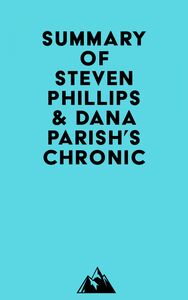
Please note: This is a companion version & not the original book.
Sample Book Insights:
#1 A successful recovery plan will be measurable, flexible, self-reliant, and include short- and long-term goals. The choice of recovery options and exercises you use will change as you recover.
#2 Plateaus are common in therapy, and they mean that according to clinicians, you are not getting any better. If this happens, most insurance coverage ends. From the survivor’s point of view, the end of therapy means the end of the support, guidance, and expertise of therapists.
#3 The tests that therapists use are not sensitive enough to detect small but important changes in recovery. They may not be used because of lack of therapist training in the new therapy, lack of support for the therapy by the rehabilitation facility, or payers not paying for the therapy.
#4 The most important suggestion is to assume that there will be no lasting plateau. Assuming no limits to recovery may be optimistic, but it allows for the largest opportunity for the highest level of recovery. If you want to get better, assume you will return to the same level of ability you enjoyed prior to the stroke.Détails du livre
-
Éditeur
-
Langue
Anglais -
Date de publication
-
Thème






